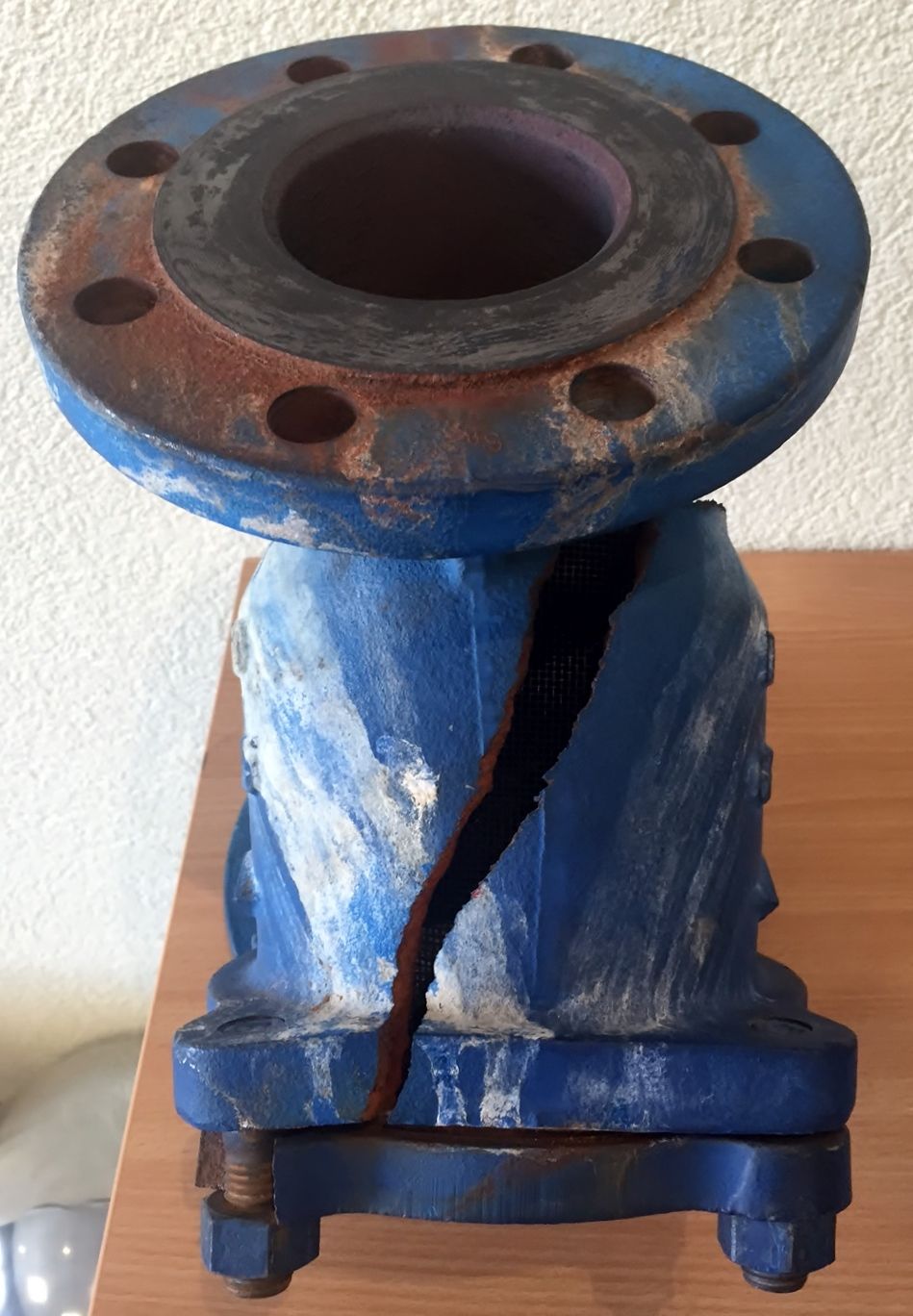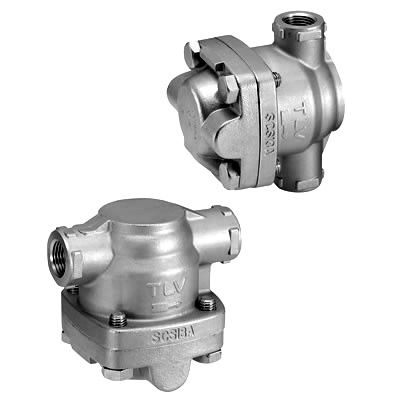Water Hammer in Steam Pipes

One of the biggest causes of damage to process steam systems is water hammer in steam pipes, this age-old problem can have many causes but the effects are always the same and occasionally catastrophic. Water hammer in steam pipes can cause just the occasional banging noises as water better known as condense in steam passes around the steam lines propelled at high velocity by your steam flow, around 30m/s. It is obvious that if your steam lines are banging and shaking you have an issue, the effects of this noise within your steam lines are so much worse than it sounds. For instance, as this water hits an elbow or tee joint travelling around the steam system, damage is done on every occasion until the water hammer creates a hole in the fitting allowing steam to leak or worse than this it could break a fitting which could cause a major leak or incident. In this blog we will explore the causes of water hammer in steam pipes and try to offer solutions that will prevent the problem in the future, please continue reading this blog or contact our excellent technical sales team to discuss your steam system.
Water Hammer in Steam Pipes Condense Removal
It is very important when installing any steam line to look at the basic requirements to ensure that you take into account pressure drops and efficient condense removal, condense exists in two forms in all process steam lines, as water due to natural heat loss that travels under the steam flow (non-discharged condense) and as water that is carried within the steam itself (entrained condense). Removal of these two forms of condense within your steam system requires two separate solutions. To remove condense due to heat loss, it is important to install dirt pockets and steam traps and to install them in the correct places. For instance, when the level of the steam system changes you should install a relay point dirt pocket, this simple but effective dirt pocket will remove condense and debris from the system. But if the distance between any changes in level occurs beyond the 30m to 50m mark then a simple dirt pocket should be installed which is effectively a tee piece in your steam line, dimensionally for pipes up to and including 100mm nominal bore the pocket should be line sized and 500mm from the centre of the steam line to the base of the pocket. The outlet for the steam trap should be installed 100mm centres to the base of the pocket; we can provide diagrams of typical dirt pocket installations please contact us for more information. There is one additional dirt pocket we haven’t yet mentioned, this is required for line ends only. Where your steam line ends you should as well as installing a final dirt pocket install an air eliminator which connects to the condense discharge line after the steam trap and valve assembly, installing an air eliminator to blow off to atmosphere can present a scalding risk if the unit fails at any time in the future and leaks hot condense.

Dirt pockets remove non-discharged condense from the steam line which flows with the steam at the base of your steam pipes, they do not though remove entrained condense which is in the steam flow itself. Entrained condense can only be removed by installing a separator and the most efficient of these are Cyclone Steam Separators from TLV although there are other less efficient versions available such as plate or baffle separators. TLV Cyclone Separators will remove 98% of entrained condense increasing heat transfer efficiency by around 9%, wet steam is a very poor substitute for saturated steam, causing increased erosion of pipework systems and heat exchangers, decreasing heat transfer efficiency and increasing maintenance costs. Using all these solutions will greatly reduce and can eradicate water hammer in steam pipes but some issues cannot be resolved by these solutions, for instance, low points in steam systems in particular in old steam systems located in buildings such as textile mills. Low points on steam systems present unique circumstances for condense to collect especially after the steam boiler is shut down. When the system cools on a multi-storey pipework system condense will collect at the lowest point, which can usually be found close to the boiler on the lowest floor. Condense collected here can be picked up by the steam flow on start-up and you’ll hear it hammering your pipework system. Removing this condense can be achieved by fitting a Bi-Metal TLV LEX3N-TZ, this particular steam trap can be temperature set to drain overnight by gravity either to drain or into a collection vessel, the result is when your steam system starts up again the occurrence of water hammer in steam pipes is either none existent or greatly reduced and most likely the former. For more information on this or any other product we have discussed so far talk to our technical sales team today.
Water Hammer in Steam Pipes Installation Issues
There are several ways a steam line installation can cause water hammer and to be honest most of them are based on just common sense. For Instance, inadequate pipe support can cause the steam line to bow creating a collection point for condense, this occurrence could eventually block the steam line completely which as well as causing water hammer in steam pipes on start-up can cause waves in the condense and with 80% of the steam pipe submerged in condense water hammer occurs creating shocks in the pipework system. These same phenomena can occur in any part of the steam system where there is a drop in height such as pipework following the lines of beams and girders on any premises, at these points relay point dirt pockets should be installed as an assurance against this occurring. Other installation errors can cause condense collection points such as concentric reducers and strainers installed bucket vertically, these are easily resolved, always use eccentric reducers in steam installations and install strainers horizontally. In my own experience in the recent past, I visited a site where a new steam distribution main was installed without any condense removal being allowed for at all, this is at the end of poor installations but the fact is that this system will eventually destroy itself due to the extreme levels of water hammer in steam lines occurring. As a cautionary note please take the time to deal with reputable and competent steam specialist contractors and steam specialist suppliers such as ourselves, Besseges (Valves, Tubes & Fittings) Ltd as water hammer in steam pipes can also damage people as well as pipelines and equipment. Please contact us to discuss your steam distribution systems or your next process steam projects, we are always available for all your valves and pipeline requirements.
Get started in seconds!
Save your details, view past orders, and enjoy a faster checkout every time.